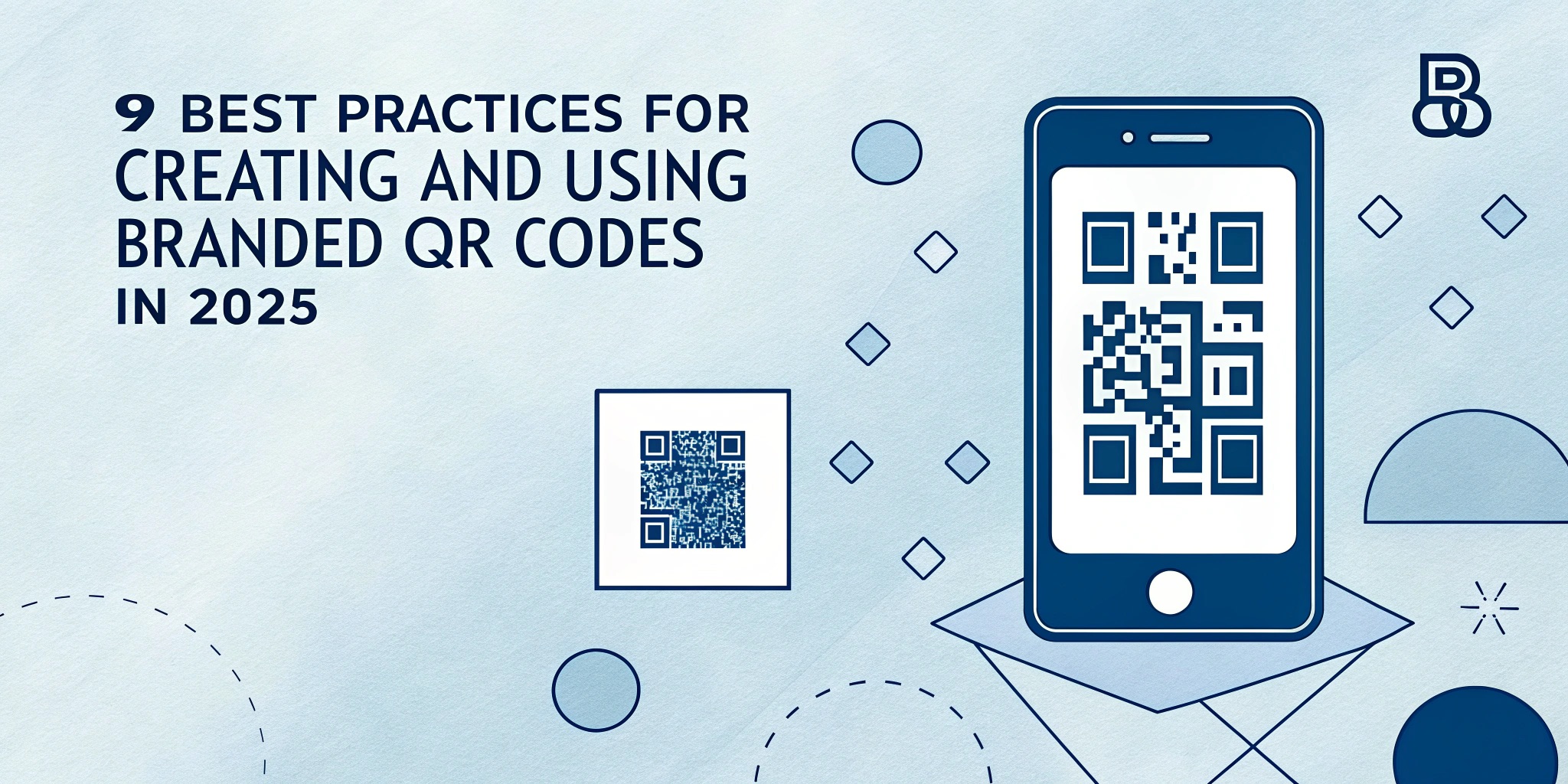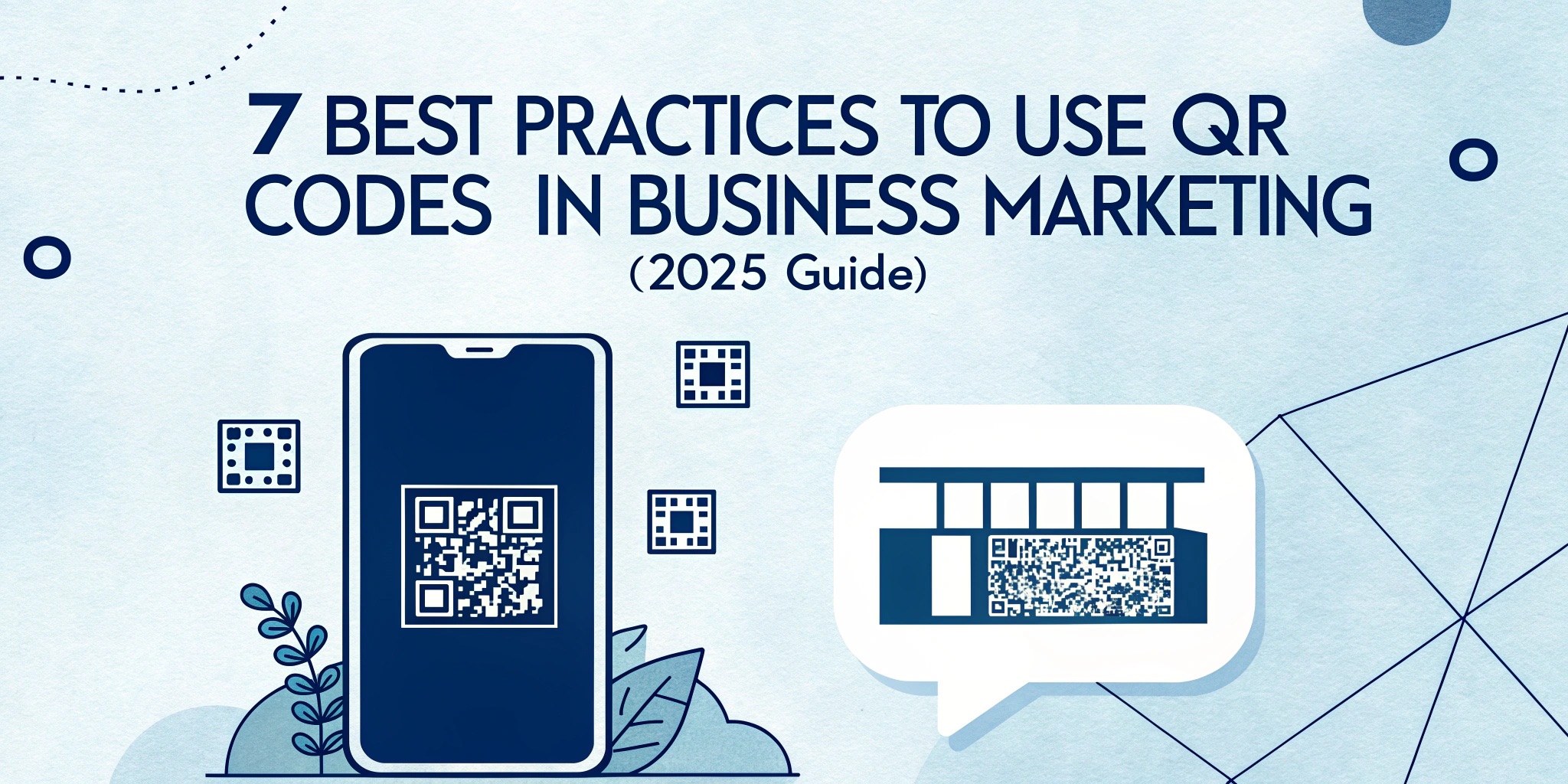Tracking QR codes provides valuable insights into audience engagement and the success of your marketing efforts. Instead of guessing, you get concrete data that you can use to optimize your strategy.
As experts point out, QR codes offer a unique bridge between offline and online interactions, and understanding how to track them turns every scan into valuable data:
- Data instead of guesswork: analytics takes the guesswork out of campaign evaluation. You’ll know exactly how many people scanned your code and how they interacted with your content.
- Test and optimize: You can experiment with different elements (design, call to action, placement) and see what resonates best with your audience. Analytics let you compare options (e.g., two different QR code posters) by number of scans or conversions to focus on what works best.
- Understand your audience: Scan data shows where, when, and from which devices people scan your QR, as well as the language settings on their phones. This can help you tailor your marketing to consumers’ preferences. For example, by focusing more resources on cities or regions where QR codes are scanned most often.
Thus, QR code analytics transforms a traditional offline campaign into a data-driven one. You can measure the impact of QR codes on traffic, engagement, conversions, and prove the ROI to management.
8 Best Practices to Accurately Track QR Code Performance
Here are 8 best practices to help you accurately track QR code performance and get the most useful scan analytics.
1. Choose a Reliable Platform with QR Code Analytics
To effectively track, you need the right tool. Choose a QR code generation service that supports dynamic QRs and provides advanced analytics. Make sure the platform collects data about the time of each scan, geolocation, device type, etc. For example, modern services like ViralQR even show the phone model, city of scan, and language of the user’s device. This granularity helps you better understand your audience.
Metrics: Various scan indicators (time, geography, device, etc.) are a good platform for collecting them automatically. Your task is to monitor the accuracy of the data and make decisions based on it.
2. Use Dynamic QR Codes Instead of Static Ones
Start by choosing dynamic QR codes for your campaigns. Static QR codes are encoded once and for all and do not allow for tracking of scans, as the code “stitches” a direct link without tracking. Instead, dynamic QRs redirect the user through a special server that collects data about each scan. In addition, the target link of the dynamic code can be changed even after printing. This is ideal for marketing materials, as you can update the content or correct the link without reprinting the QR.
| Parameter | Static QR Code | Dynamic QR Code |
|---|---|---|
| Edit After Creation | Not possible after printing | Target URL can be changed at any time |
| Scan Tracking | Not available | Full analytics (time, geo, device, OS, browser, etc.) |
| Best Suited For | Permanent simple content (e.g., Wi-Fi password) | Marketing campaigns, A/B testing, promos with CTA |
| Impact of URL Length | Long URL makes the code denser and harder to scan | Short redirect keeps code simple and quick to scan |
| Example Use Case | One-time access to a static PDF menu | Billboards, flyers, packaging, events with changeable offers |
Metrics: Number of scans and number of unique scans. The dynamic QR platform automatically calculates these indicators. The total number of scans shows the entire volume of interactions, and unique scans filter out repetitions (each user is counted once). The ratio of these metrics will show how many people return to the code again. If the total scans are significantly more than the unique scans, then part of the audience scans the code several times.
Example: A company placed a dynamic QR code on billboards for an advertising campaign. In one month, 10,000 scans were received, of which 8,000 were unique. That is, about 20% of scans were repeated when users scanned the code more than once. Thanks to the dynamic QR code, the team received this data in real time and was able to assess audience engagement. If static code had been used, marketers would not have had such flexible analytics or the ability to change the link after the campaign started.
3. Set Clear Goals and KPIs Before Launching Your Campaign
Before you start distributing QR codes, outline what results you expect. Clear goals help you focus on the right metrics. For example, a goal might be to attract 500 visitors to your website, get 50 applications, or 100 app downloads via a QR code. These goals will determine what metrics you will track: conversions, time on site, number of new users, etc. Set KPIs for your QR campaign. These could be the number of scans, the percentage of conversions, the proportion of repeat scans, or the engagement rate (the ratio of those who scanned the code to those who saw it).
Metric: Depends on the goal. If the goal is traffic, the number of scans will be the primary metric. If the goal is leads, pay attention to conversions (completed forms, downloads, etc.). The time spent on the page after a scan will show the level of engagement with the content. By clearly defining your KPIs, you will focus on metrics that reflect the achievement of your goals.
4. Add UTM Tags to Your QR Link to Track Sources
UTM tags are special parameters in the URL that help you track the source of traffic in analytics (for example, Google Analytics). Add UTM tags to the link encoded in the QR code. This way, each scan will be tagged, say, with utm_source=QR_flyer, utm_medium=print, utm_campaign=summer_sale. This will allow Google Analytics to determine the amount of traffic and conversions that came from that QR code. If you use a dynamic QR service, some platforms allow you to specify UTM tags when creating the code or integrate Google Analytics for automatic data exchange.
Metrics: Web analytics metrics filtered by your QR source. The main ones are: sessions, new users, conversions, and bounce rate. All of these can be viewed separately for a UTM campaign. For example, you will see that the QR code brought 500 sessions, of which 100 converted (20%), the average time on page is 1:30 min, and the bounce rate is only 10%.
| UTM Parameter | What It Tracks | Example Value | Purpose |
|---|---|---|---|
| utm_source | Traffic source | qr_flyer, qr_packaging, qr_billboard | Identifies the medium/platform where the QR code is placed |
| utm_medium | Channel type | print, ooh, email, event | Distinguishes communication format (print, event, etc.) |
| utm_campaign | Campaign name | spring2025, b2b_launch, black_friday | Groups traffic within a specific campaign |
| utm_content | Content variant / A/B | cta_red, cta_blue, poster_A, poster_B | Allows comparison of creatives and placements |
| utm_term | Keyword (optional) | brand_coupon, free_demo | Additional detail about intent or offer |
5. Use Separate QR Codes for Different Channels
If your campaign covers multiple channels or locations (e.g., magazines, posters in different cities, email newsletters), create a separate QR code for each channel or platform. All QRs can lead to the same page, but with different UTM tags or as separate elements in analytics. This way you can compare the effectiveness: which medium brought more scans, which city scanned more actively, which version of the creative gave the best response. In dynamic QR platforms, it is easy to generate and manage at least a dozen codes.
Metrics: Number of scans and conversions for each QR code. Analytics will show the results separately for each placement. Pay attention to the conversion rate in different channels. Perhaps posters have fewer scans, but they are more targeted (higher % of conversions), or vice versa. Such comparisons will help you optimize the media plan and allocate the budget more effectively.
6. Give QR Codes Meaningful Names and Comments
If you generate a lot of QR codes, it’s easy to get confused about which one is used where. Give each code a meaningful name in your analytics system and add a note (if your platform allows it). For example, name the code “QR_Flyer_NY_2025” or “QR_BlackFriday_Instagram” instead of the typical “QR1”, “QR2”. This will simplify analysis – the reports will clearly show what each code means. This approach is beneficial if you have several campaigns running in parallel or dozens of different QRs.
Metric: The quality of your internal reporting. This is not a classic metric, but it is worth tracking the number of QR codes in a campaign and ensuring they are all correctly labeled. Check that the names are not mixed up and that descriptions are added everywhere. The goal is that any team member, looking at the report, can understand what each line of data means.
7. Use Short URLs for QR Codes
The length and complexity of the URL encoded in the QR code affect the density and ease of scanning. The shorter the link, the simpler the code pattern will be, and the easier it will be to read. Therefore, before generation, it is advisable to shorten a long URL or use a dynamic code that will automatically create a short redirect. Short branded links also look more attractive when scanned. Some cameras show the URL before the transition, so it is better when the address is clear and neat.
Metric: Scan rate is the percentage of people who scanned the code among those who saw it. It is difficult to measure this indicator accurately (especially offline). Still, a short URL contributes to its growth because the QR code is read faster, and the user sees a clear link. You can indirectly estimate the scan rate by comparing the circulation of distributed booklets and the number of scans received. If there are 100 scans out of 1000 booklets, the scan rate is ~10%. Track this metric at least roughly to compare the performance of different media.p>
8. Analyze the Geography of Scans and Target Active Regions
Track where exactly users scan your QR codes: country, city, and sometimes even specific coordinates. Location data is especially valuable for regional campaigns. If you see that certain cities or states generate a high volume of scans, increase marketing in these regions. Conversely, weak indicators in some areas may mean that your message is irrelevant there, or the placement channel is chosen poorly. Hyper-targeting based on such data increases efficiency: you direct your budget to an audience that has already shown interest.
Metric: Geographic distribution of scans (city/region). Pay attention to both the absolute number of scans in a specific region and the percentage of the total audience. Also, consider the size of the city: 100 scans in a small town is great, but 100 scans in a metropolis are not enough. If the platform builds a scan map, take a look at it – the heat map will immediately highlight “hot spots” of activity.
Example: A restaurant chain sent out discount flyers with a QR code across the country. Analytics showed that the most scans were in California and Texas, although the distribution was even. In particular, some southern cities (such as Austin) received about 500 scans. In contrast, some larger cities like Chicago or Miami received less than 100. Marketers concluded that the offer worked best on the West and South coasts. They quickly directed additional advertising budget to California and Texas and re-sent to these regions. As a result, the campaign yielded a higher ROI than if resources were evenly distributed across all states.
Frequently Asked Questions
How do I track QR code scans?
Use a dynamic QR code and analytics platform. Most services will display the total number of scans (and unique users) in their dashboard. If you add UTM tags to the URL, you can also see the conversions from this code in Google Analytics.
Is it possible to track QR codes for free?
Yes, you can. Many generators offer free plans with basic analytics (with limits on the number of codes or scans). Or you can add UTM tags to the URL and track conversions through Google Analytics, which is free.
What metrics are available in QR code analytics?
Typically, a dynamic QR code platform shows: total number of scans, number of unique scans, geography of scans (countries, cities), time and date of scan, and device type. Some services may also display other details such as phone model or browser.
How to track a QR code in Google Analytics?
Add UTM tags (e.g., utm_source, utm_medium, utm_campaign) to your QR code link. Then, in Google Analytics, you can find traffic from that QR as a separate campaign or source based on the tags you specify. UTM tags essentially “tag” visits so that GA knows they came from your QR code.



